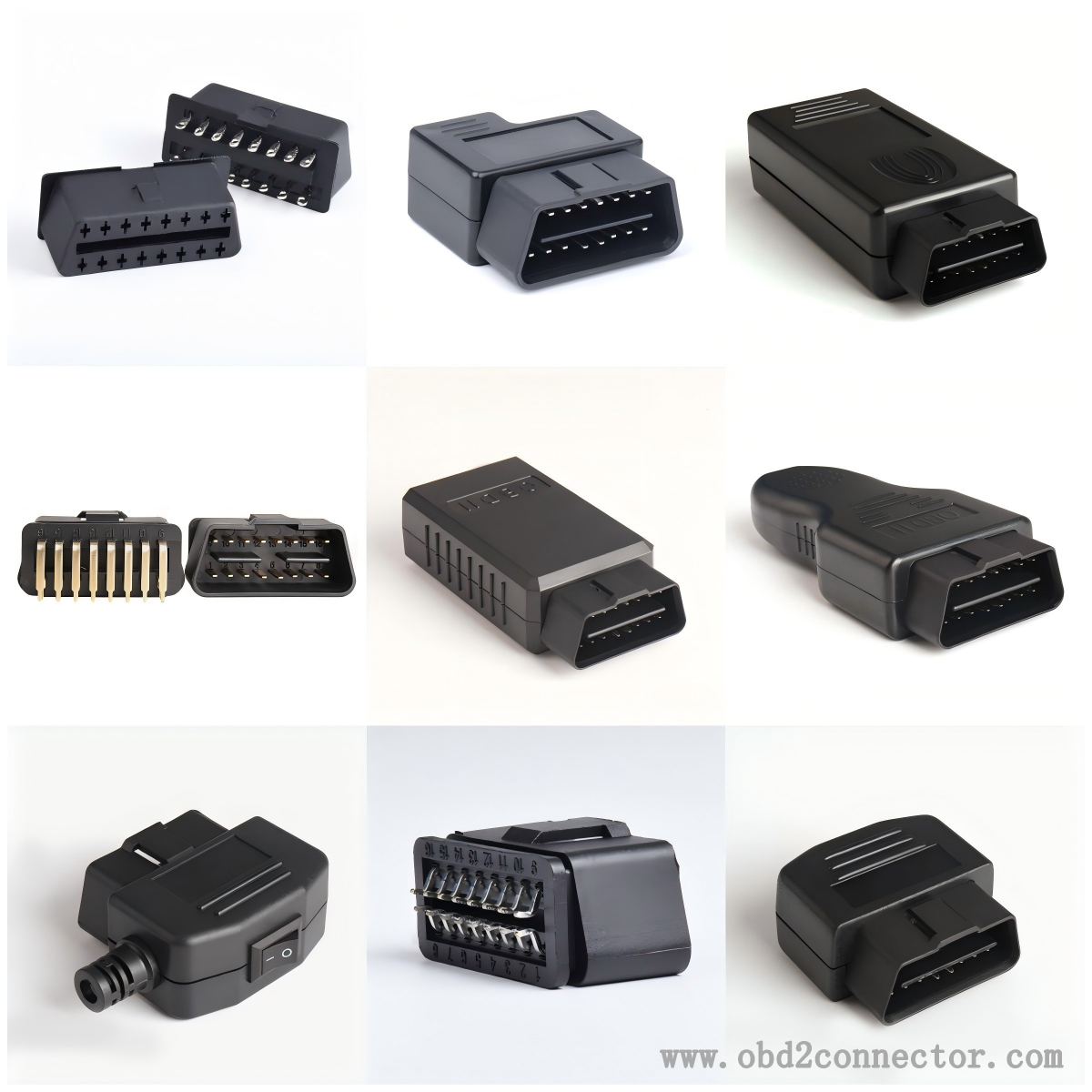Maintenance precautions for OBDII connectors
The maintenance of OBDII connectors mainly involves maintaining cleanliness, avoiding physical damage, and preventing electrical faults. The following are specific precautions:
keep clean
Regularly clean the exterior: Use a clean soft cloth to wipe the exterior of the OBDII connector regularly to remove dust, oil, and debris. Avoid using damp cloth to prevent water from entering the connector and causing short circuits or corrosion.
Preventing foreign objects from entering: It is important to keep the environment around the connector clean to prevent small particles of foreign objects from entering the connector's socket. If foreign objects enter, it may cause poor contact or damage to the pins.
Avoid physical damage
Correct insertion and removal: When connecting and disconnecting diagnostic equipment, make sure the plug is aligned with the OBDII connector, and then gently insert or remove it, avoiding excessive force or tilting insertion and removal to avoid damaging the pins or housing of the connector.
Avoid squeezing and pulling: Do not place heavy objects on the connector to prevent deformation of the housing. At the same time, pay attention to organizing the cables connecting the diagnostic equipment to avoid loosening or damaging the connectors due to cable shaking or pulling during vehicle operation.
Pay attention to the installation position: If the vehicle is undergoing interior cleaning or maintenance operations, pay attention to protecting the OBDII connector to avoid collision or tool scratching. Try not to change the installation position of the connector at will to avoid unnecessary external forces.

Prevent electrical faults
Avoid overload: Do not use diagnostic equipment or other external devices that do not meet specifications to connect to the OBDII connector, in order to avoid exceeding its electrical load capacity and causing damage to the internal circuit.
Prevent short circuit: When the connector is not connected to the diagnostic equipment, ensure that there is no metal object contact at its interface to avoid short circuit and damage to the vehicle's electronic control unit or other related components.
Pay attention to static electricity: Before touching the OBDII connector, you can first touch the metal parts of the vehicle to release static electricity on your body and prevent static discharge from causing damage to the connector or vehicle electronic system.
Regularly check the condition of the OBDII connector. If any looseness, deformation, corrosion, or other issues are found, they should be repaired or replaced in a timely manner to ensure their normal operation and the reliability of vehicle diagnosis and monitoring functions.